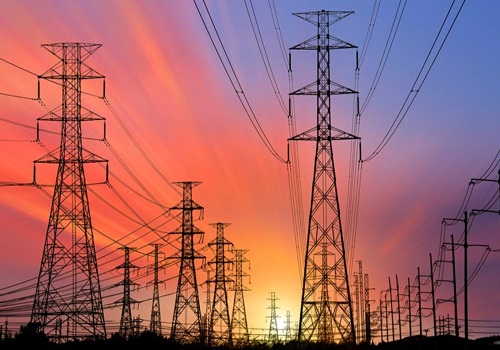S&P Global Commodity Insights: India`s coal-fired power generation remains high

Follow us Now on Telegram ! Get daily 10 - 12 important updates on Business, Finance and Investment. Join our Telegram Channel
* India’s power demand shows seasonal decline, but thermal gap stable as renewables also decline for the shoulder season
* Delhi’s air pollution improves from early November
* Gas-fired power generation shows no recovery, indicating no spot LNG used as fuel
* Coal-fired power generation continues to balance the power mix, but stocks remain low
India’s power demand for Nov. 1-12 is estimated to 168 aGW, which is 23 aGW higher year on year. The strong demand is driven by warmer than normal weather. Temperatures for Nov. 1-10 were 1.7°C higher year on year for India on average, while certain regions such as Delhi were 4°C higher.
In early November, Delhi had ‘severe’ air pollution. The situation has improved and the air is now classified as ‘poor’. According to the System of Air Quality and Weather Forecasting And Research (SAFAR), the level of fine particles, or PM 2.5, will increase slightly over the next few days and is forecast to be ‘very poor’ beyond Nov. 18. Despite this worsening, air pollution is still below the levels seen earlier in November. S&P Global Commodity Insights keeps an eye on the situation because a similar situation in 2021 caused the shutdown of several coal-fired power plants in the area.
Renewables in seasonal decline, leaving thermal gap relatively high
Renewables generation have been in seasonal decline since September and was reported at only 16 aGW for the first 12 days of November. This is a decline from an average of 24 aGW during August. Hydro shows an even stronger seasonal pattern, with recent output at 17 aGW – about half of generation in August. Consequently, the thermal gap remains above 120 aGW, which is actually about 5 aGW higher compared to August. Therefore, coal-fired power generation continues to hover around 120 aGW, which is a relative constant level observed since July.
However, despite the easing of power demand over the last couple of months, coal-fired power generation has remained high, and coal stocks at electric utilities remains at about 10 days’ worth of demand, which is similar to what we have observed for all months so far this year.
Gas-fired power generation continues to stay stable and low at below 3 aGW, which most likely means spot LNG is still absent from the fuel mix; since October 2021.
Outlook for H1 2023
S&P Global Commodity Insights assumes normal temperatures going forward and expects power demand for H1 2023 at about 190 aGW, which is an increase of 6 aGW year on year. Renewables should show an increase for the year due to new capacity, and coal-fired power generation should only increase by about 2 aGW year on year to 140 aGW.
S&P Global expects gas-fired power generation to continue to stay low around 3 aGW, and assumes demand for gas will average 17 million cu m/d, which is unchanged on the year.
Above views are of the author and not of the website kindly read disclaimer












 320-x-100_uti_gold.jpg" alt="Advertisement">
320-x-100_uti_gold.jpg" alt="Advertisement">












